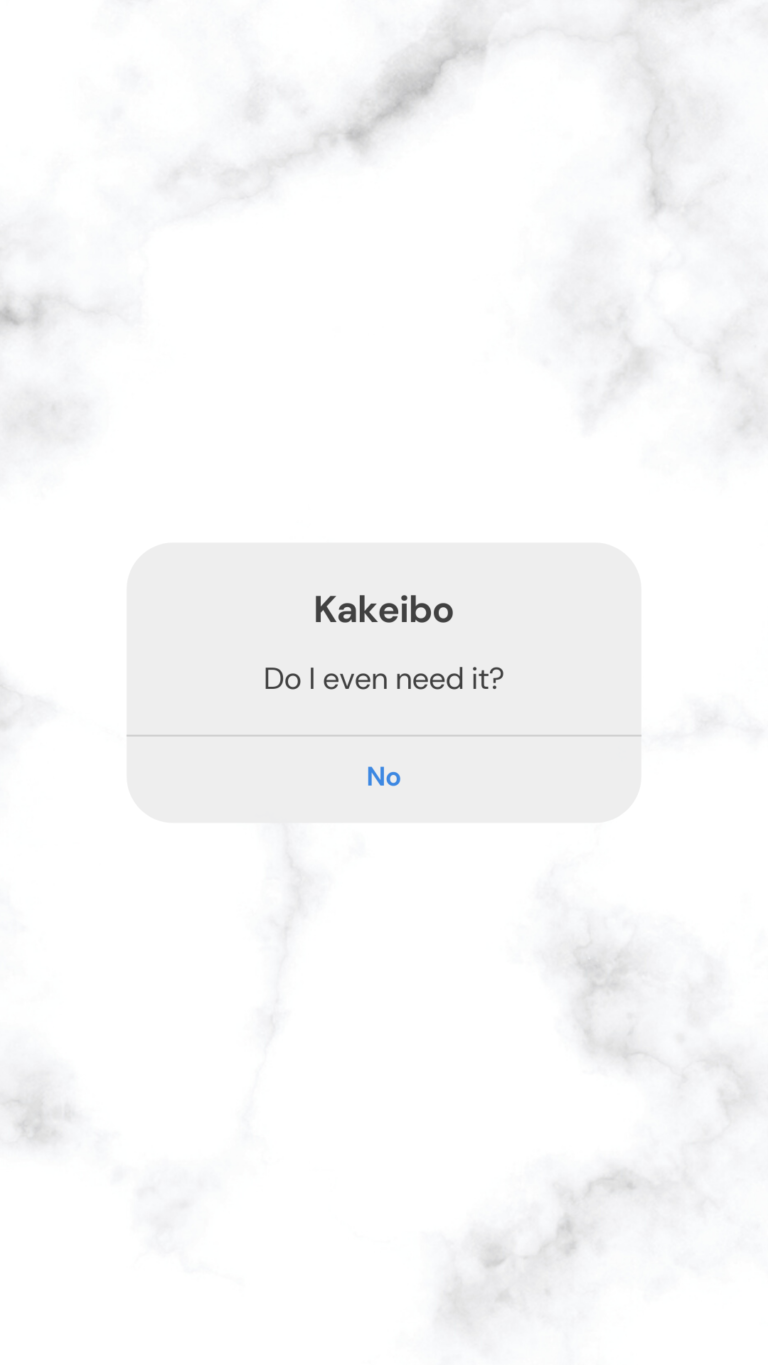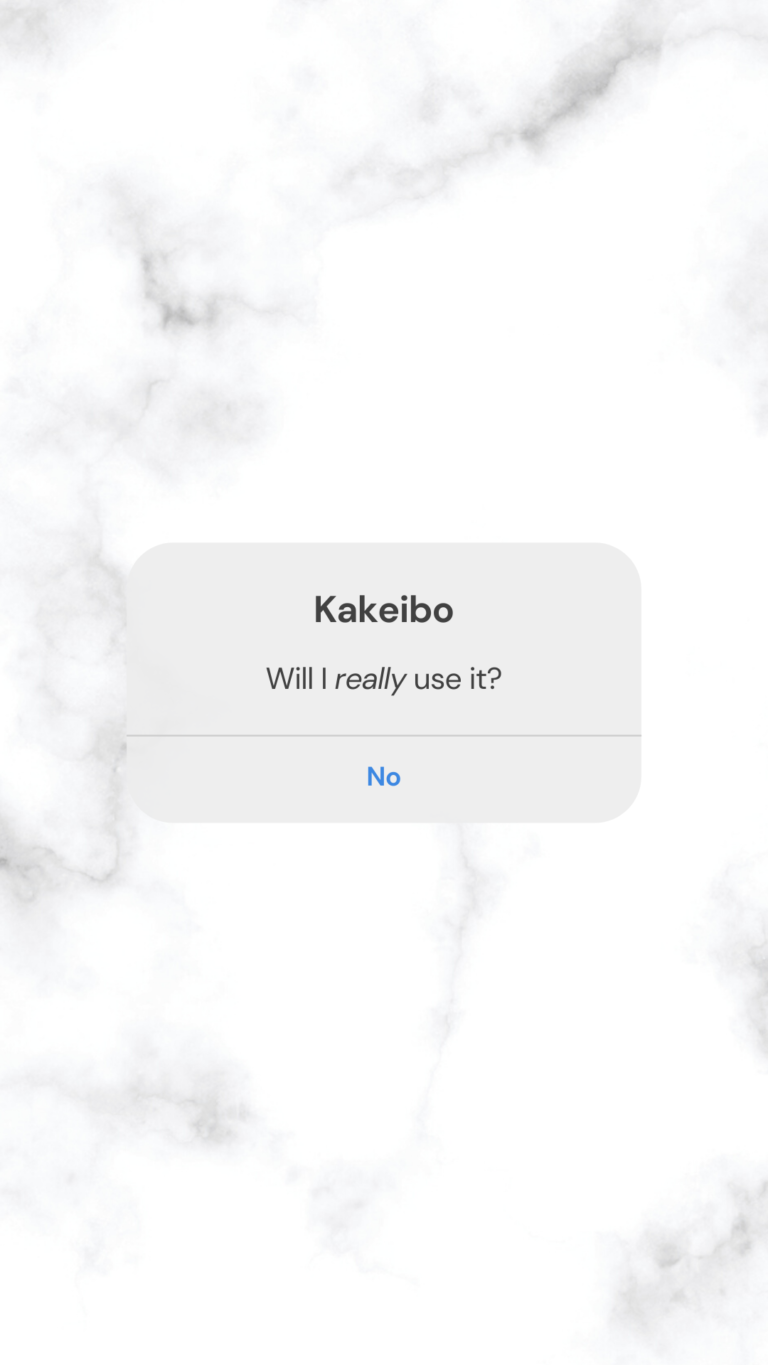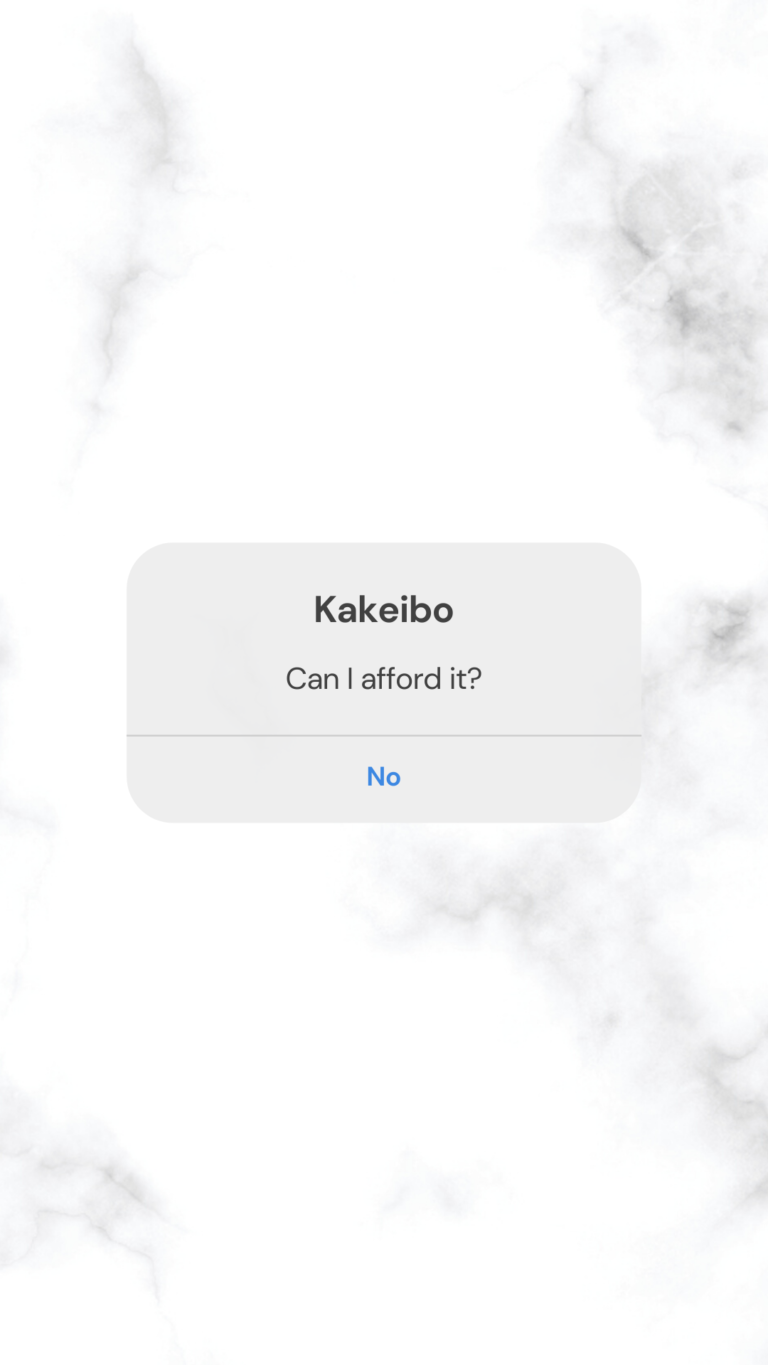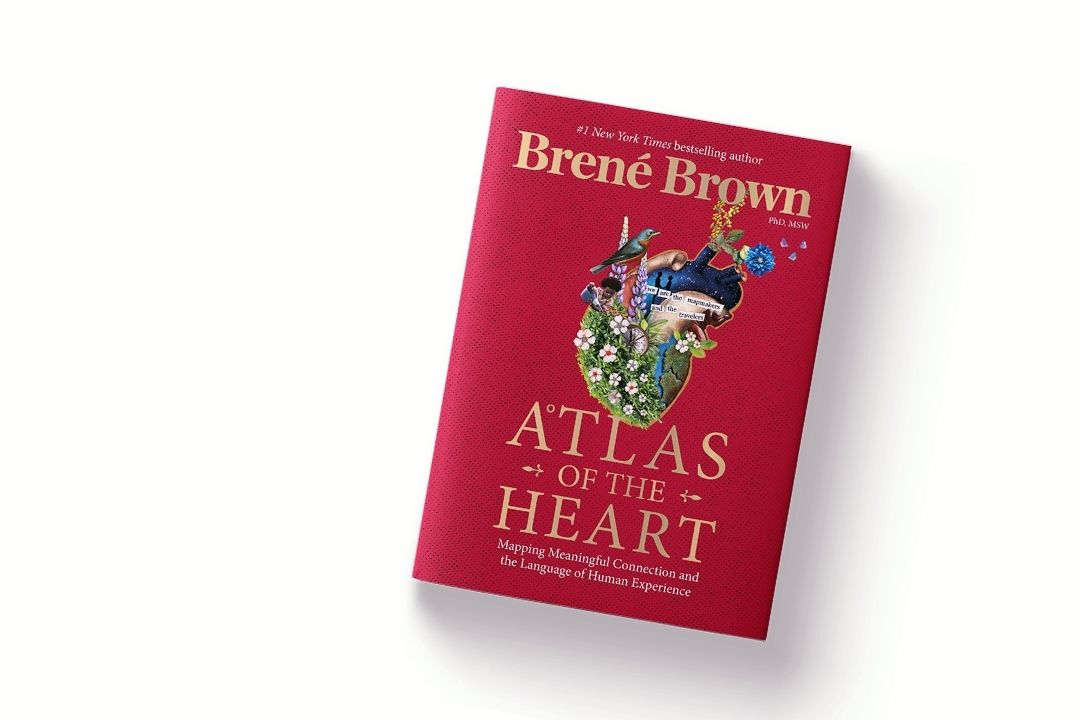How Kakeibo Can Make You Rich Through Saving
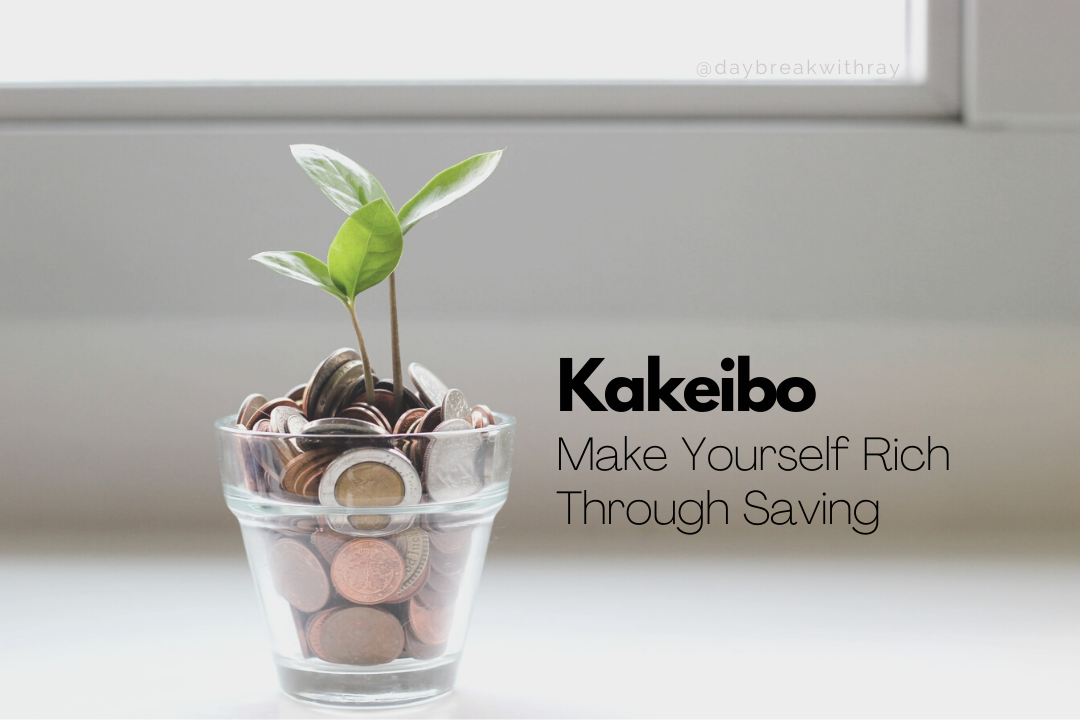
Before we begin on this Kakeibo journey, first ask yourself these few questions:
- Do you have trouble sticking to budgets?
- Are you “bad with money”?
- Is this your first time saving money?
If yes, then Kakeibo is the perfect method for you to save your spending. The cost for all the money you’re about to save – a pen and paper.
What is Kakeibo
Loosely translated, Kakeibo means “household financial ledger.” This Japanese Art of Saving Money requires a physical journal for you to write your expenses. It is because they believe that physically writing things down is an effective way to analyze your spending habits. It’s also easier to connect with the present moment and be mindful of your spending as you take the time to write out each of your expenses.
How does Kakeibo work
The idea behind Kakeibo is to be aware of the present moment and understand the triggers behind your bad spending habits. To do so, you must ask yourself a list of questions before you purchase any non-essential items. Through these questions, you will learn whether you need the item, whether there’s a use for it, or space at home. You might also come to understand why you wanted to spend money on it.
Once you learn the purpose behind why you want to make a purchase, you might change your mind about whether you really need it or not. And as you continue down the list of questions, you start to doubt your decision to buy it. When you’re done, there’s a good chance that you realize you don’t need the item. It will save you a lot of money.
For interested readers, here is a post that explains the difference between Kakeibo and other budgeting systems.
Tips on Mindful Spending
- Wait two weeks. Most of the time, we make purchases on an impulse. To filter out these impulsive decisions, wait two weeks before you come back. If the item is non-essential and you don’t want it anymore after two weeks, then you’ve saved yourself some money already!
- Don’t fall for sales. Seeing huge discounts and sales are always tempting. You might think you’re saving money because of the discounts. But in reality, you’re still spending money even though you don’t need the item. Instead of trying to “save” money from huge discounts, you should scrap up the idea of spending money at all and save yourself a whole lot.
- Use hard cash. Similar to the idea of writing down your expenses on pen and paper, spending cash helps you understand how much money you’re actually spending. Unlike using a credit card, where you don’t always keep track of how much you’ve spent, cash is easier to visualize because your wallet will thin down as you spend money.
For interested readers, here are some more tips on spending mindfully.
To Conclude
By applying Kakeibo into our everyday life, we can save ourselves a lot of money. With pen and paper and a list of questions, you can prevent yourself from impulsive shopping and grow your savings. Let’s get rich simply by being mindful of our spending!
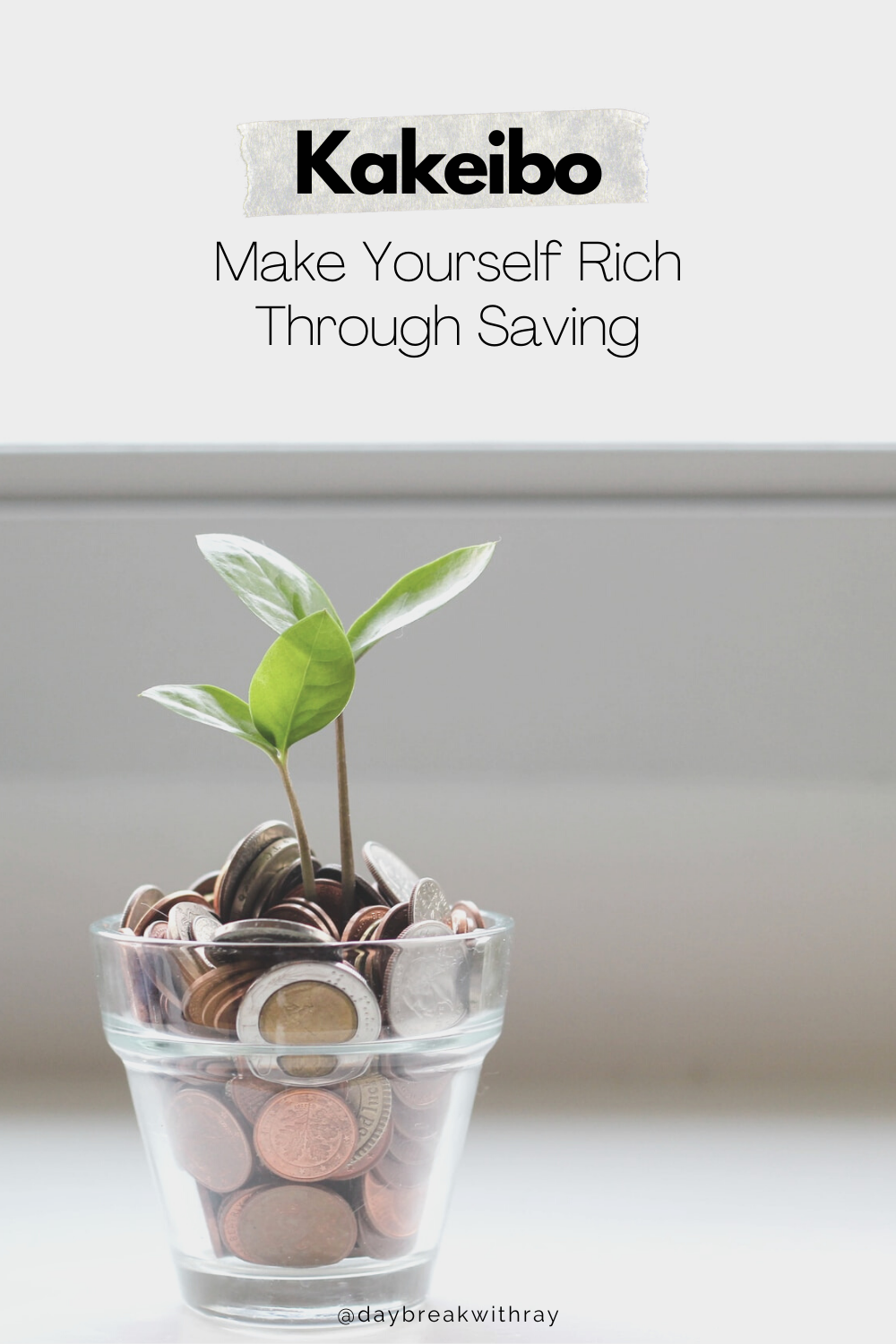
Try the new 3-Set Template + 2 Bonus Planners to help lead a healthier and balanced lifestyle. Simpl
What if the 60 minutes of your day could determine the success of the rest of it? Successful people
Atlas of the Heart (2021), #1 New York Times Bestseller, teaches us to better express ourselves with

